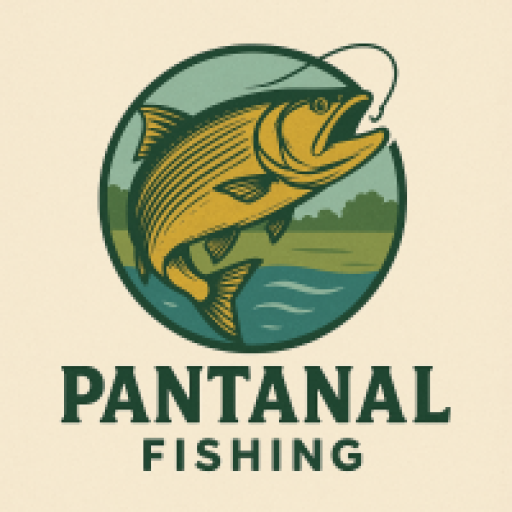When travelers think of South America, their minds often drift to the Amazon rainforest, the Andes Mountains, or the beaches of Rio de Janeiro. But tucked away in the heart of the continent lies one of the world’s most extraordinary and least-known natural treasures: the Pantanal. Spanning an area larger than England, the Pantanal is the world’s largest tropical wetland and a UNESCO World Heritage Site that boasts unmatched biodiversity and unforgettable fishing experiences.
What Is the Pantanal?
The Pantanal is a vast floodplain primarily located in Brazil, with smaller parts in Bolivia and Paraguay. Over 80% of its territory lies within the Brazilian states of Mato Grosso and Mato Grosso do Sul. What makes the Pantanal unique is its seasonal flood cycle. During the rainy season (October to March), rivers overflow and flood the plains, creating a massive aquatic ecosystem. In the dry season (May to September), water levels drop, and the wetland transforms into a mosaic of lagoons, grasslands, and forests.
Biodiversity Hotspot
Home to more than 4,700 species of animals and plants, the Pantanal offers one of the richest concentrations of wildlife in the Americas. From the elusive jaguar and the giant otter to hundreds of bird species like the jabiru stork and hyacinth macaw, this region is a dream for nature lovers and photographers alike. But for anglers, the real stars of the show are the fish.
Why Fish in the Pantanal?
Fishing in the Pantanal is a cultural tradition and a thrilling adventure. The region is famous for its abundance of freshwater fish, many of which are sought after by sport fishers from around the world. The diverse aquatic habitats support species like the golden dorado, pacu, pintado (spotted catfish), and even piranhas. These fish not only offer a challenge but also a deep connection to local traditions and cuisine.
Getting There
Travelers can reach the Pantanal via two main gateways: the city of Cuiabá in the north and Campo Grande in the south. From there, specialized tour operators provide transportation to fishing lodges and eco-resorts deep within the wetlands. Accommodations range from rustic lodges to luxury eco-retreats, often run by local families who offer warm hospitality and rich storytelling.
Best Time to Visit
The dry season, between May and September, is considered the best time for fishing. Lower water levels concentrate fish in smaller areas, making them easier to catch. This is also a prime time for wildlife viewing, as animals gather near remaining water sources.
An Invitation to Adventure
For travelers looking to venture off the beaten path, the Pantanal offers a rare combination of adventure, tranquility, and connection with nature. It’s a place where you can cast your line in the morning and spot a family of capybaras by lunch. Whether you’re a seasoned angler or a curious traveler, the Pantanal invites you to discover its watery wonders and vibrant life.
In future articles, we’ll dive deeper into fishing techniques, sustainable practices, local culture, and how to plan your perfect Pantanal fishing trip. Stay tuned and get ready to explore one of South America’s most magical landscapes.
